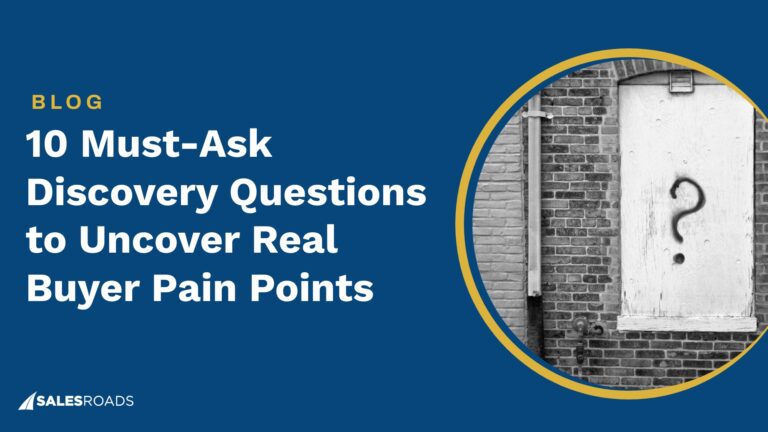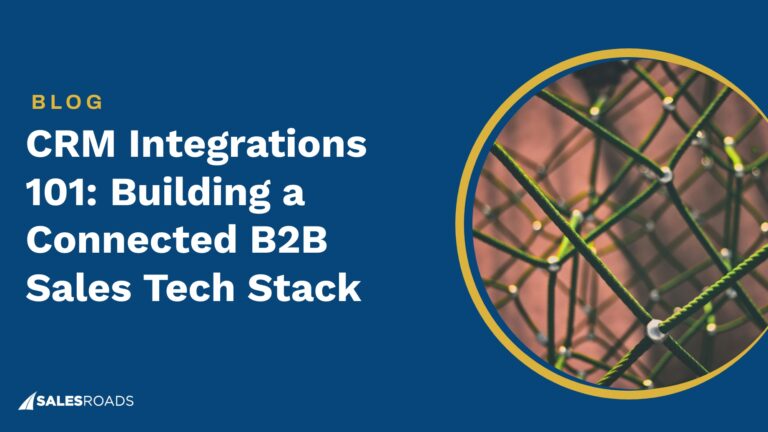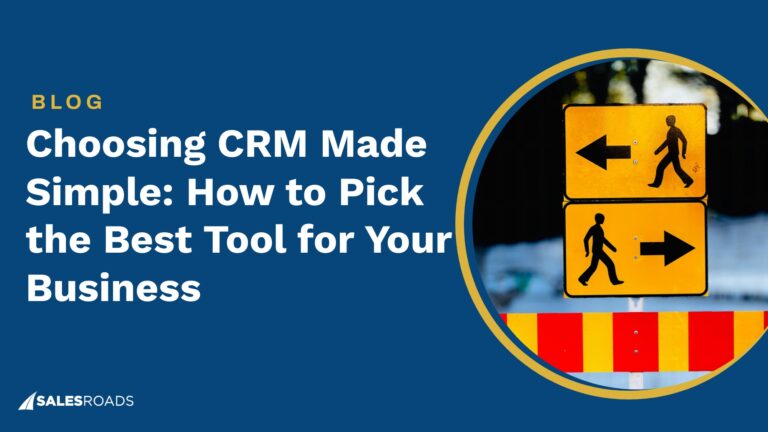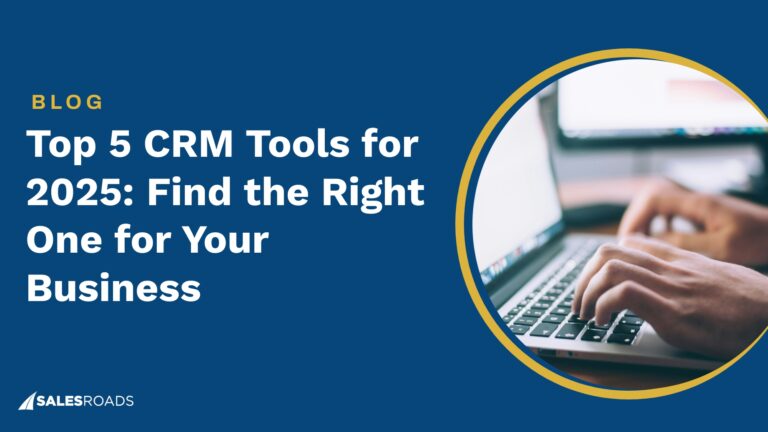Distinguishing between cold and warm leads is crucial for maximizing your B2B sales pipeline. As long as you don’t identify the right prospects at the right stage, you’ll throw your sales pitches into a void.
Read along and learn how to recognize promising warm leads and discover effective strategies to nurture those initial connections, ultimately converting them into loyal customers.
Leads and Their Importance in Sales and Marketing
The lifeblood of any successful sales and marketing strategy is a steady stream of leads. These potential customers are the foundation for building a robust sales pipeline, ultimately impacting a company’s bottom line in several ways.
More qualified leads translate directly to more sales opportunities. By nurturing and converting leads effectively, businesses can significantly boost their revenue and achieve their growth goals.
Generating leads allows sales teams to focus their efforts on qualified prospects, saving valuable time and resources. This leads to a more efficient sales process and a better return on investment (ROI) for sales and marketing efforts.
Acquiring new customers can be expensive. By focusing on leads who are already interested in your offerings, you can lower your Customer Acquisition Costs (CAC) and achieve sustainable growth.
Lead generation also plays a crucial role in market research. Leads provide valuable insights into customer needs, preferences, and pain points. This information can be used to develop better products and services, refine marketing strategies, and stay ahead of the competition.
Lead generation efforts, such as content marketing and social media engagement, can increase brand awareness and establish your company as a thought leader in your industry. Engaging with leads allows you to build relationships early on, fostering trust and loyalty before a sale is even made. This sets the stage for long-term customer success and repeat business.
Types of Leads: The Difference
Not all leads are created equal. Here’s where understanding the different types of leads, particularly the importance of warm leads, becomes crucial.
Let’s delve into the three main categories of leads and how they differ:
What Are Cold Leads?
Cold leads are essentially strangers to your brand. They may have no prior awareness of your offerings or the problem you solve. These leads often come from purchased lists or broad marketing campaigns.
Converting cold leads requires significant effort from your sales team. The focus here is on educating them about your industry, building trust, and establishing your brand as a thought leader.
They require a nurturing approach with valuable content that addresses their pain points and highlights the benefits you offer.
What Are Warm Leads?
Warm leads occupy the sweet spot between cold and hot leads. They have already shown some level of interest in your company or offerings. Perhaps they downloaded a white paper, attended a webinar, or visited a specific landing page on your website.
These interactions indicate a problem they’re facing and a potential need for your solution. Warm leads are aware of the challenges you address and are open to learning more about how your product or service can be a valuable asset.
They require less nurturing than cold leads but still need a compelling sales approach to convert them into paying customers. This is where understanding their specific needs and tailoring your pitch become critical.
What Are Hot Leads?
Hot leads are at the other end of the spectrum. They are actively looking for solutions and might even be familiar with your brand. They’ve likely done their research and are close to making a buying decision.
Hot leads are typically the most sales-ready leads. They are actively researching solutions, comparing vendors, and may even be requesting demos or quotes.
The focus here is on closing the deal quickly and efficiently by addressing their specific needs and showcasing the value proposition that sets you apart from the competition.
Hot Leads vs. Qualified Leads
Hot leads and qualified leads are both valuable for B2B sales teams, but they represent different stages in the buyer’s journey. Understanding the distinction between them is crucial for optimizing your sales process and maximizing conversions.
Here’s a table comparing hot leads and qualified leads:
| Feature | Hot Leads | Qualified Leads |
| Definition | Actively looking for solutions, familiar with your brand (or competitors). | Meet your ideal customer profile and have a strong buying need. |
| Engagement Level | High engagement, requesting demos or quotes. | May have shown some interest (e.g., downloaded content, visited website). |
| Sales-Readiness | Most sales-ready leads. | Require some nurturing to convert. |
| Conversion Rate | Highest conversion rate. | Conversion rate depends on qualification process. |
| Focus | Closing the deal quickly. | Understanding their specific needs and tailoring your pitch. |
Think of a hot lead as a customer with a racing pulse. They’ve identified a problem and are actively researching solutions. They might be familiar with your brand or your competitors, and their high engagement level is evident through actions like requesting demos or quotes.
These are the leads closest to a buying decision, and your approach should reflect that urgency. Qualified leads, on the other hand, are like a steady heartbeat – a consistent indicator of potential. They may have shown some interest in your company by downloading content, visiting your website, or attending webinars. While they might not be ready to buy immediately, qualified leads are warm and receptive to nurturing.
By understanding their specific challenges and tailoring your approach, you can guide them further down the sales funnel. This nurturing process can increase their sales readiness and ultimately convert them into paying customers.
How to Identify Each Type of Lead?
Distinguishing between different lead types is crucial for prioritizing your outreach efforts. Here’s how to identify each category within your pool of leads, focusing on methods relevant to sales teams:
- Cold Leads: These prospects are essentially strangers to your brand or solutions. Here’s how to spot them:
- Manual identification:
- Lead source: They come from purchased lead lists, cold calling campaigns, or general industry directories.
- Engagement level: No prior interaction with your website, content downloads, or social media presence.
- Sales automation tools: Leverage your CRM or lead scoring software to analyze data points like:
- Website behavior: No visits to relevant landing pages or product pages.
- Email engagement: No opens or clicks on previous outreach attempts.
- Manual identification:
- Warm Leads: The sweet spot for sales engagement, warm leads have shown some level of interest in your offerings. Here are some ways to identify them:
- Sales conversations: During calls or meetings, prospects ask insightful questions about your solutions, indicating they’ve done some research.
- Website activity: Look for website traffic coming from targeted campaigns you launched, downloads of relevant content (white papers, ebooks), or registrations for events you hosted.
- Hot Leads: These are the most sales-ready prospects, actively researching solutions and potentially familiar with your brand. Here’s how to identify them:
- Sales calls and emails: Prospects express urgency or a clear buying intent during interactions. They might be comparing vendors, and requesting demos or quotes.
- Website activity: Look for website activity focused on pricing pages, demos scheduled, or quote requests submitted. They might be revisiting specific product pages or downloading content related to implementation or pricing.
- Social listening: Use social listening tools to monitor mentions of your brand or industry keywords. Identify prospects actively researching solutions and engaging in relevant conversations online.
By implementing these identification methods, your sales team can effectively segment their leads and prioritize their outreach. This allows them to focus their efforts on warm and hot leads who are most likely to convert, maximizing their sales efficiency.
Ways to Warm Up Cold Leads
Cold leads may require more effort, but with the right approach, they can be nurtured into valuable customers.
Here’s a combined strategy incorporating both marketing and sales techniques:
- Targeted content marketing: Provide informative content that addresses their specific challenges and showcases your expertise. Offer valuable white papers, ebooks, or blog posts relevant to their industry and pain points.
- Lead nurturing campaigns: Design email sequences that educate cold leads about your company and solutions. Offer valuable content like case studies and industry reports, progressively nurturing their interest.
- Engaging social media presence: Build a strong social media presence that provides industry insights and thought leadership. Share valuable content and engage with potential customers on relevant platforms.
- Outbound efforts: Utilize a combination of hot and cold outbound sales techniques. Personalize your outreach to address their specific needs and offer valuable information or resources.
- Targeted webinars and events: Host webinars or online events that address their specific needs and showcase your solutions. This allows you to educate them, capture valuable lead information, and move them further down the sales funnel.
- Social selling: Leverage social media platforms like LinkedIn to connect with potential customers directly. Share valuable content, engage in industry discussions, and build relationships that can eventually lead to sales conversations.
Bottom Line
Don’t let the initial chill of a cold lead deter your sales efforts. By implementing a nurturing strategy that combines targeted content marketing, personalized outreach, and engaging social interactions, you can transform those strangers into qualified leads and ultimately, loyal customers.
Remember, with the right approach, even the coldest leads can blossom into your most valuable business relationships.










